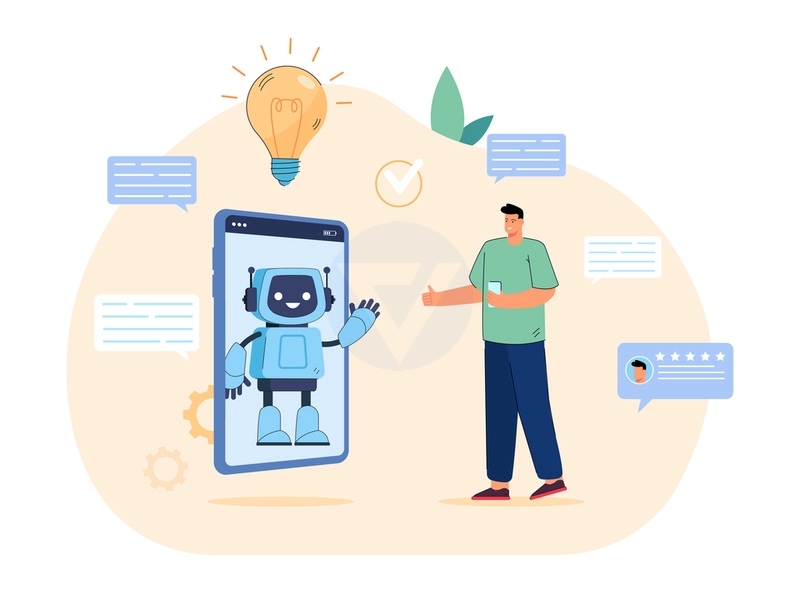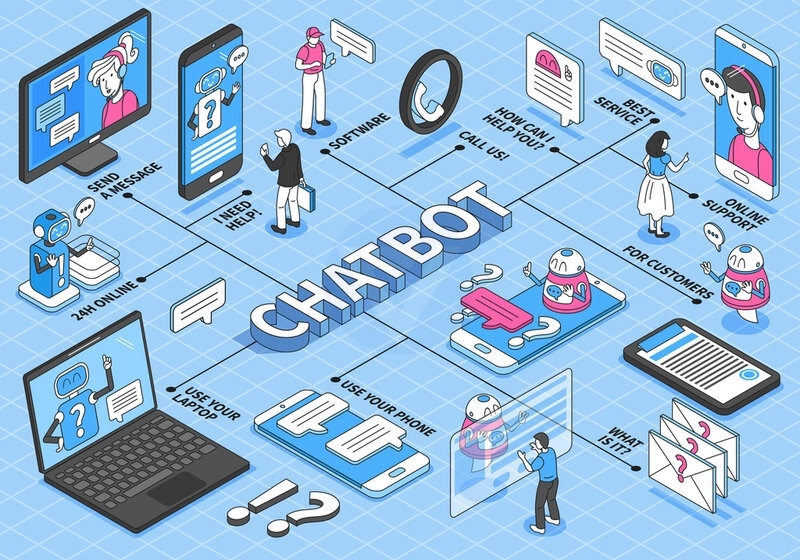
How can we use chat marketing to improve our sales and conversions?
Chat marketing, also known as conversational marketing, can be a powerful strategy to improve sales and conversions by engaging with customers in real-time and providing personalized experiences. Here are some ways you can leverage chat marketing:
1. Proactive Engagement: Implement chatbots or live chat on your website to proactively engage with visitors. Initiate conversations by offering assistance, asking if they need help, or providing relevant information based on their browsing behavior. Proactive engagement can capture the attention of potential customers and guide them through the sales process.
2. Personalized Recommendations: Use chat marketing to deliver personalized product recommendations based on customer preferences, browsing history, or previous purchases. By understanding customer needs and preferences through chat interactions, you can suggest relevant products or services, increasing the likelihood of conversion.
3. Real-Time Support: Provide real-time support through chat to address customer queries and concerns promptly. Chat marketing enables you to offer instant assistance, answer questions, and provide clarification, which can help overcome customer hesitations and lead to increased conversions. Prompt responses also demonstrate excellent customer service, building trust and loyalty.
4. Lead Qualification and Nurturing: Use chat marketing to qualify leads and guide them through the sales funnel. Engage in conversation to understand their requirements, budget, timeline, and pain points. Based on their responses, you can identify qualified leads and provide tailored information or offers to nurture them further, increasing the likelihood of conversion.
5. Interactive Product Demonstrations: Use chat marketing to conduct interactive product demonstrations or virtual tours. Through chat, you can showcase product features, benefits, and use cases in real-time, addressing customer questions and objections. Interactive demonstrations can help customers visualize the value of your products or services and build confidence in their purchasing decision.
6. Abandoned Cart Recovery: Implement chat marketing strategies to recover abandoned carts. When a customer abandons their cart, you can send personalized chat messages, reminding them about the items left behind and offering incentives or assistance to complete the purchase. Timely interventions through chat can help recover lost sales.
7. Post-Purchase Engagement: Utilize chat marketing to engage with customers after they make a purchase. Send follow-up messages to express gratitude, offer assistance, and gather feedback. Engaging with customers post-purchase helps in building long-term relationships, driving repeat purchases, and generating positive word-of-mouth.
8. Surveys and Feedback Collection: Use chat marketing to collect customer feedback and conduct surveys. Engage customers in conversation to gather insights about their experience, satisfaction level, and suggestions for improvement. Chat allows for interactive and conversational feedback collection, providing valuable information for optimizing your sales process and customer experience.
9. Targeted Promotions and Offers: Leverage chat marketing to deliver targeted promotions and exclusive offers to customers. Based on their chat interactions, you can identify specific customer needs or interests and provide personalized discounts or incentives. Targeted promotions through chat can increase the likelihood of conversion and drive customer loyalty.
10. Data Collection and Insights: Analyze chat interactions and data to gain insights into customer behavior, preferences, pain points, and objections. This information can help refine your sales and marketing strategies, optimize product offerings, and improve the overall customer experience.
Remember to strike a balance between automation and human touch in chat marketing. While chatbots can handle routine inquiries and provide quick responses, human intervention may be necessary for complex queries or personalized interactions. Regularly review chat transcripts and customer feedback to identify areas for improvement and refine your chat marketing strategies.
Share It:
Tags:













